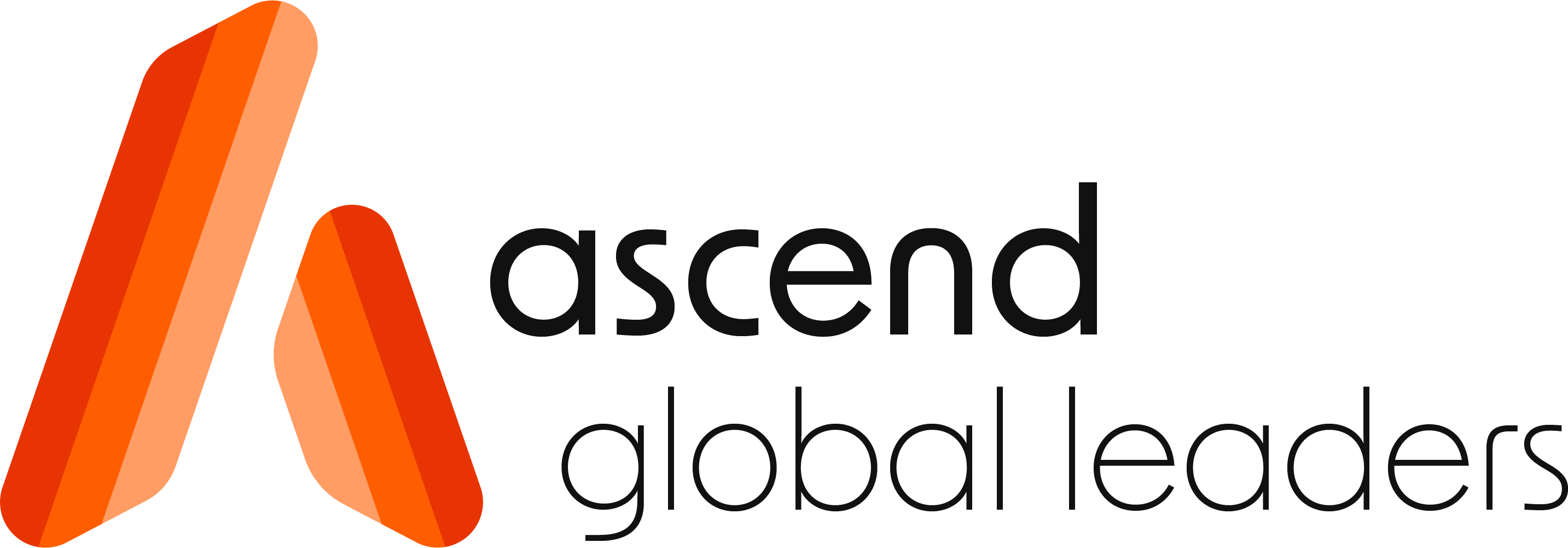What is Limiting the Pipeline to the C-Suite for Women of Color?
By Subha V. Barry, Seramount
Multicultural women start their careers with much more ambition than their White counterparts. From Seramount’s research, “On the Verge: How to Stop the Tidal Wave of Women Fleeing Corporate America,” we know they are 25 percent more likely to aspire to senior roles than White women. This affirms prior research on this subject.
Yet their early aspirations fall by the wayside pretty quickly as evidenced by the 63 percent of early-career multicultural women hoping to make it to the top, plummeting to 41 percent of late-career multicultural women. They become increasingly disillusioned as their careers progress. While having a strategic network of coaches, mentors and sponsors has a positive impact on the workplace experience for multicultural women, many struggle to build these networks and their companies have not put in the processes to enable them. Asian women struggle disproportionately in this regard. A staggering 50 percent of multicultural women were considering leaving their employer pre-pandemic. The number has surely gotten worse.
The impact of the dual pandemic of COVID-19 and racism these past couple of years on communities of color has been clearly documented. With higher COVID infections and soaring mortality rates piled on top of disproportionately heavy caregiving responsibilities for extended family members, the women in these communities are struggling to juggle work and home. Add to it the expectation that they have to be the proxy for their communities inside their organizations–speaking about the impact, sharing the emotional toll—and you have a tsunami of stress that threatens to drown them. Compounding this have been the constant graphic media displays of attacks against Black Americans and Asian Americans, furthering the loss of a sense of safety for themselves, family, and friends.
However, there were some specific benefits to working from home during the pandemic. Many people of color, especially women, found a respite from having to conform to constant workplace cultures and expectations. Code-switching is almost a non-issue in the remote work landscape for people of color. Code-switching is when people of color especially Black Americans, feel forced to change their voices, their ways of speaking, and their general appearance in order to “fit in” with the dominant culture in a workplace.
Remote working has also allowed employees of color to disengage from coworkers and conversations that don’t feel comfortable. Many employees of color have noted that they experience fewer run-ins with microaggressions (such as coworkers touching their hair, being mistaken for another employee of the same race, and overhearing insensitive commentary on politicized events). When they do recognize a microaggression, they can remove themselves from the conversation if they are not comfortable.
Women of color, especially Black women, have made significant strides in becoming members of corporate C-Suites and boards. One specific C-Suite role, the Chief Diversity, Equity & Inclusion Officer (CDEIO) role, has seen a huge uptick in the last two years, especially since the death of George Floyd and the ensuing increase in corporate efforts to fight racism. However, it still remains to be seen whether the focus and excitement about that role will translate into enduring resources and consistent support. Part of the challenge for CDEIOs is that most corporate leaders lack core knowledge about DE&I issues and struggle to make a clear business case for it. If accountability isn’t clear and not measurable, it compounds the problem. While overall C-Suite pipeline numbers may have improved slightly for multicultural women, Latinas and Asian women still lag significantly.
The WBC Pipeline to the C-Suite task team has undertaken the challenge of finding non-traditional pathways to the corner office. Not only are we interviewing a variety of women leaders to understand their journeys, but we are also translating those into case studies and creating tools to assist companies who are committing to advance all women to the C-Suite. But there are other solutions that deserve our attention. When a problem is so stubborn and persistent, we have to draw on every arrow in our arsenal.
You can start by establishing a business case for senior leaders to show them why retention and promotion of multicultural women is critical to having an inclusive corporate culture, creating innovative workplace strategies and engaging clients and customers. Start the process for inclusion early for these women.
Here are some ideas:
- Do an audit of organizational offerings—what is now offered in leadership development, mentoring, sponsorship and who is participating. It is crucial to track gender and race/ethnicity to understand who is actually impacted by these initiatives.
- Add an item to the company employee survey or employee pulse that measures satisfaction on the ability to “be yourself” in the workplace. Analyze the data by race/ethnicity/gender/orientation/disability to see where there are gaps.
- Align performance and recognition with established expectations and have frequent (not just annual or semi-annual) conversations with multicultural women about progress.
- Take intentional steps to get senior leaders get to know and engage with multicultural women
- Acknowledge and assess unspoken company rules and the bias that results from them. Make your leaders aware of them and coach them to mitigate the impact they have on multicultural talent.
- Establish a clear leadership profile so everyone understands what a leader in your organization “looks like,” including styles, skills, traits, experiences and development.
- Be open to broadening those definitions. Note that leadership styles don’t matter unless there’s a gain/value placed upon them.
- Apply a post COVID-19 lens at looking at what leadership now should be in terms of values, flexibility and ability to connect with people.
- Educate managers on stereotyping and gender imperatives and ensure that assessment of individual potential, promotions and advancement are not aligned to traits of the majority population.
- Ensure senior multicultural women have a strong sponsor, even when company leadership changes, and that they are not being held to a higher bar than others in similar positions.
- Give multicultural women intentional visibility and exposure internally and externally for all platforms, especially those allowing for storytelling and career journey exploration (town halls, social media, speaking engagements).
- Assign high-potential multicultural women to core business functions, especially those with P&L experience. Ensure they are not always in the “usual” roles for women—HR, compliance, etc.
- Recognize and celebrate multicultural women who are role models through prominent external and internal communications and events.
- Be intentional about forming a leadership team that includes people who are clearly their unapologetic, authentic selves
- Add expectation for senior leadership to sponsor and mentor across race/ ethnicity and gender. Teach them how to mentor and coach, particularly with multicultural women.
- Establish an early-identification process using assessment assets with use of blind data identification of traits and competencies.
- Benchmark the traits and competencies against the established leadership profile.
- Work with a coach to help multicultural women focus on specific areas of development crucial to leadership in your organization.
- Since there are fewer multicultural women in mid- and senior-level management, they will be less likely to show up as high potentials. Look down a few levels to identify emerging high-potential multicultural women for additional skills development/mentoring.
- Hire people, including White men, who genuinely share the organization’s stated values.
- Don’t expect multicultural women, especially those in more senior or visible roles, to be the speaker at every diversity event or be the spokesperson for her ethnic group. Also, if she wants to do this, make it part of her performance review so it is validated and affirmed as important to the organization.
- Share experiences from other multicultural women to give voice to the fact that it can be done, has been done and should be done more frequently.
- Ensure mentors and sponsors push and support multicultural women to take on new challenges, even if they aren’t 100 percent ready.
- Design stretch assignments with an apprenticeship view. This provides a type of safety net.
- Give the women permission to fail. Provide guidance on backup plans before they accept so they know they have a safety net if it doesn’t work out.
- Assign high-potential candidates to P&L roles, not general/support departments unless they specifically request those.
- Provide a series of educational opportunities on how to read and understand the company’s financial statements and tools. Build Accountability
- Track and incorporate financial and promotion incentives at every people manager level for retention and promotion of multicultural women (not just at senior levels).
- Managers with poor retention and promotion results for multicultural women at early career stages must be developed, coached, sidelined or let go.
Improving the statistics on multicultural women in the C-suite and pipeline will take SKILL, WILL and INTENTIONALITY. The environment post-pandemic will demand that companies do all three. For those willing to make the commitment, the rewards will be quantitative and qualitative in terms of business value, innovative leadership and creating an inclusive corporate culture.









